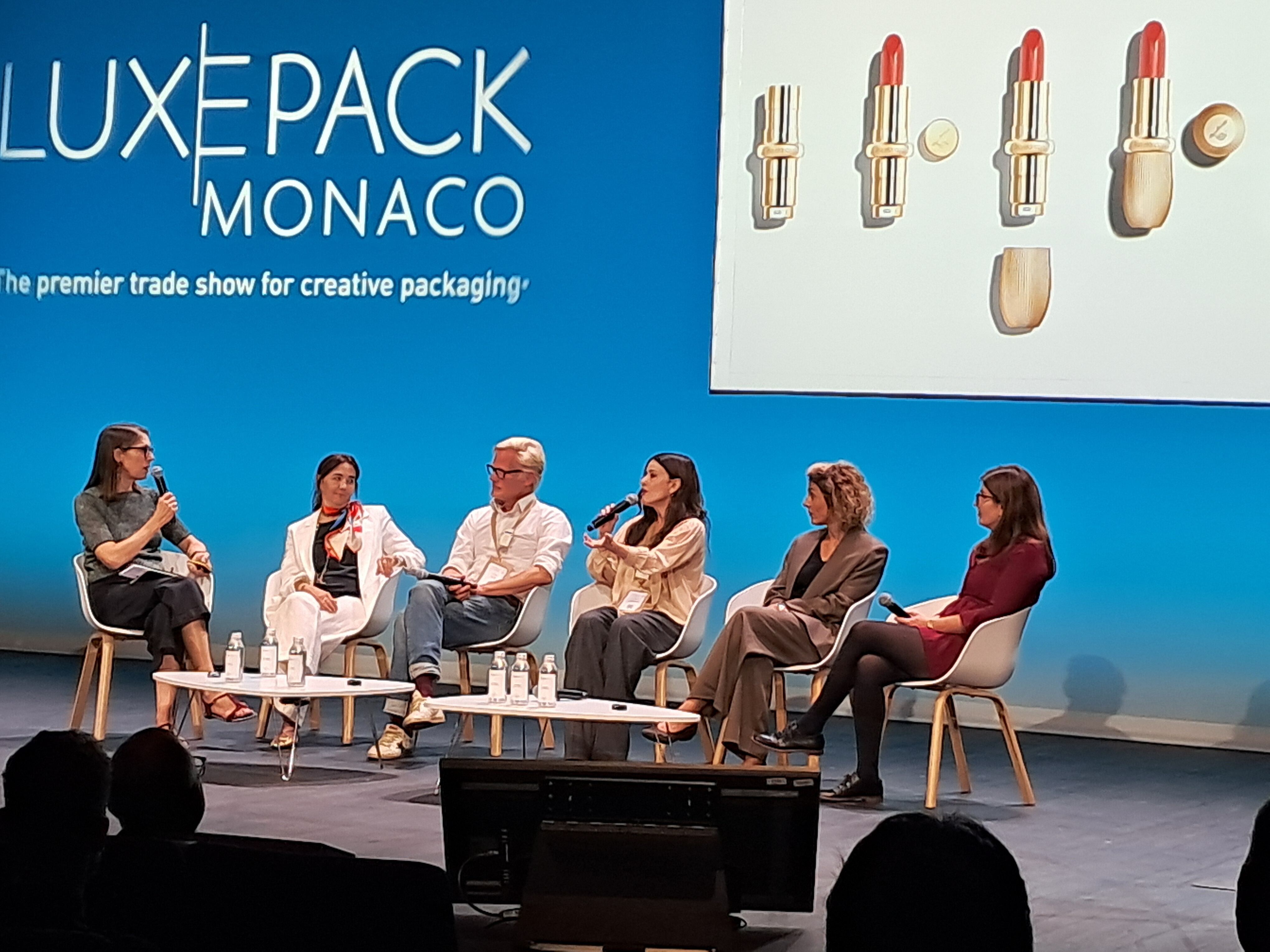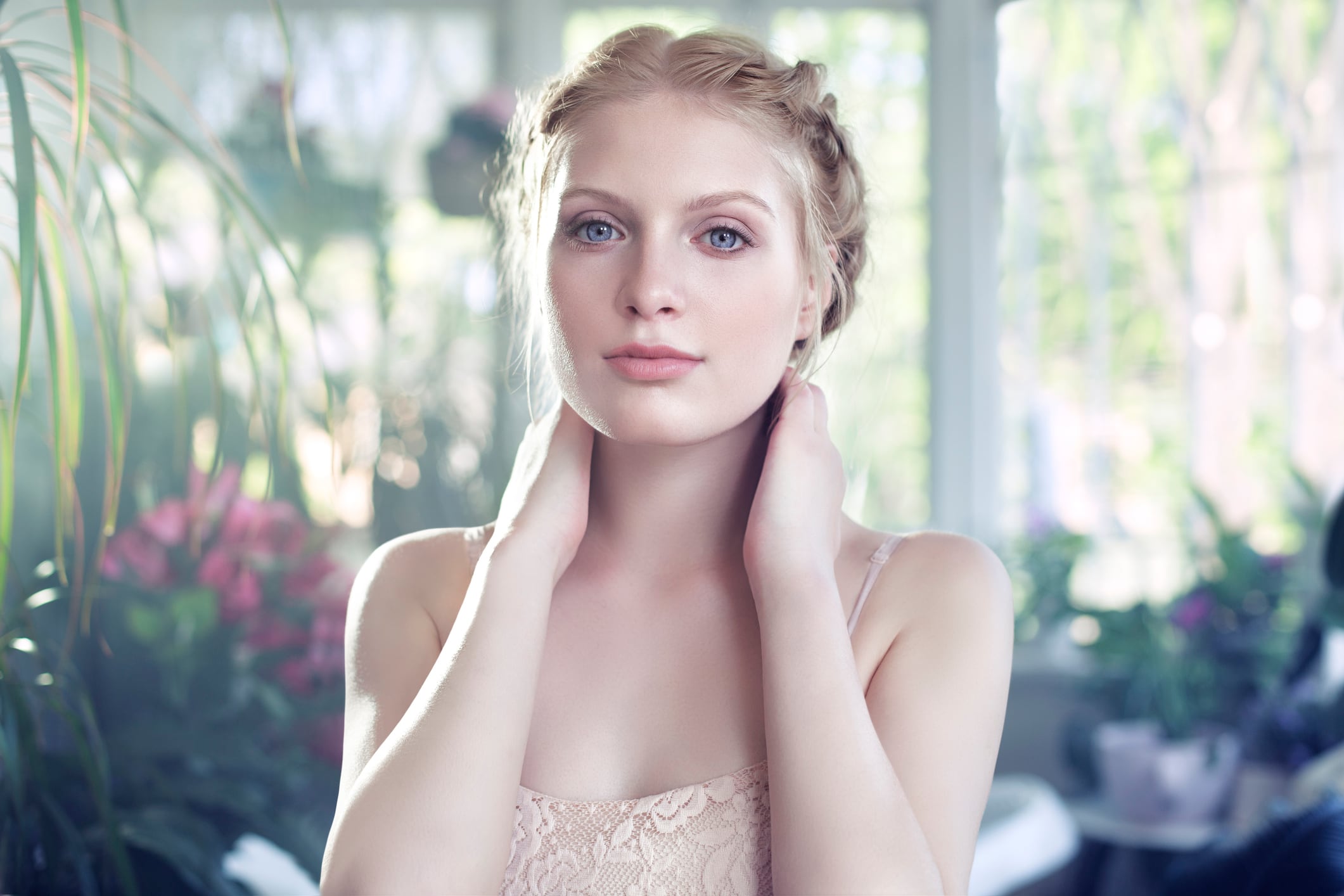Key takeaways
- Luxury in beauty is shifting from product-centric to experience-led.
- Sustainability remains a complex issue, with transparency key to trust.
- Personalisation and co-creation are emerging as new luxury markers.
- Cross-industry collaborations and emotional storytelling are gaining traction.
- Social media has brought consumers closer to brands, demanding authenticity.
As global packaging experts and beauty brands convened in Monaco for the annual Luxe Pack event, one roundtable discussion focused on the evolving definition of luxury — with emotive design and marketing now tailored to meet shifting consumer expectations.
The panellists included Sarra Dadoul, Global General Manager at Lalique Group; Matt Olsson, beauty brand consultant and co-founder of the beauty drinks brand Curius; makeup artist and beauty influencer Lisa Eldridge, founder of Lisa Eldridge Beauty; Isabelle Collignon, Global Creative Director at Camus Cognac; and Verane Trachino, Marketing and Communications Director at Château d’Estoublon — a hotel, restaurant and olive oil brand.
The product as a touchpoint, not the sole focus
Dadoul said that while products must be efficacious, she believed that consumers are now thinking far beyond the act of purchasing and using a product. Instead, the brand story begins before the product is created — through its values, production methods, and the emotional resonance embedded in its creation. “The product has become a touchpoint,” she declared. “You can enter through the product but also through a visual, a scent, or social media post.”
However, Olsson cautioned that this approach can backfire if the product fails to meet expectations. He cited his experience at Stella McCartney, where the brand’s visionary sustainability messaging was not matched by the performance of its colour cosmetics range.
The “sustainability myth” in consumerism
On the topic of sustainability as a marketing narrative, Lisa Eldridge addressed the uncomfortable truth: “There is really no such thing as a sustainable beauty product.”
Eldridge advocated for transparency, encouraging brands to acknowledge limitations while striving for sustainability in both the beginning and end-of-life stages of their products. She shared her journey developing the Lisa Eldridge refillable lipstick, which was nominated for a Luxe Pack in Green award. “I started buying refillable lipsticks and would put them next to my collection of vintage lipsticks that were made over 100 years ago and wondered why they looked so dull in comparison,” she explained. “I attempted to create a refill with no magnets in the packaging, but that was practically impossible.”
Ultimately, Eldridge prioritised open dialogue with her community, inviting feedback on what compromises they would accept. She emphasised that while true sustainability may be elusive, consumer education and scepticism are powerful tools against greenwashing.
Experiences, cross-industry products & emotional connection
Trachino, representing Château d’Estoublon — a lifestyle brand in Les Alpilles, southern France — described how inviting customers to participate in the annual olive harvest has built trust and authenticity. “Our customers will only buy from us when they can really see what we are doing,” she shared. “We have opened the estate to harvest the olives to show people this authenticity.”
She stressed that packaging alone doesn’t define luxury. “It becomes about a memory and experience when they come to see this harvest and it’s not just about the olive oil product anymore. It’s a memory to share,” she said.
Meanwhile Collignon added that Camus Cognac hosts tasting sessions where customers experience the product in new ways, for example hot, cold or frozen cognac — a strategy that fosters community and brand loyalty — and one that is increasingly being adopted across the beauty industry too.
Dadoul explained that Lalique Group connects its beauty division with interior décor, boutique hotels, wine and whisky offerings. “We connect these worlds together,” she said. “It is an end-to-end experience across touchpoints.” She described this experiential engagement as “the new pedigree of product,” adding: “People want to know who created it. And there are two things to note here – they want to know where the product comes from and where it goes after it has been used.”

Personalisation, everyday luxury & brand intimacy
Ultra-personalisation and co-creation are becoming more prevalent in NPD and packaging design, as consumers seek products that feel unique. Eldridge shared that her refillable lipstick cases can be engraved with initials, turning them into heirlooms. She also emphasised the importance of personalised service as a new marker of luxury.
Olsson highlighted the rise of “everyday luxury,” citing Rituals Cosmetics as a brand that offers “a micro-beautification of their house for a reasonable price.”
He also noted that social media has brought consumers closer to brands than ever before. “All brands can do in this situation is be as transparent as they can to safeguard that trust,” he said. Reflecting on his own NPD journey with Curius, he added: “We haven’t always thought of everything and sometimes our consumers will ask: why haven’t you done this?”


